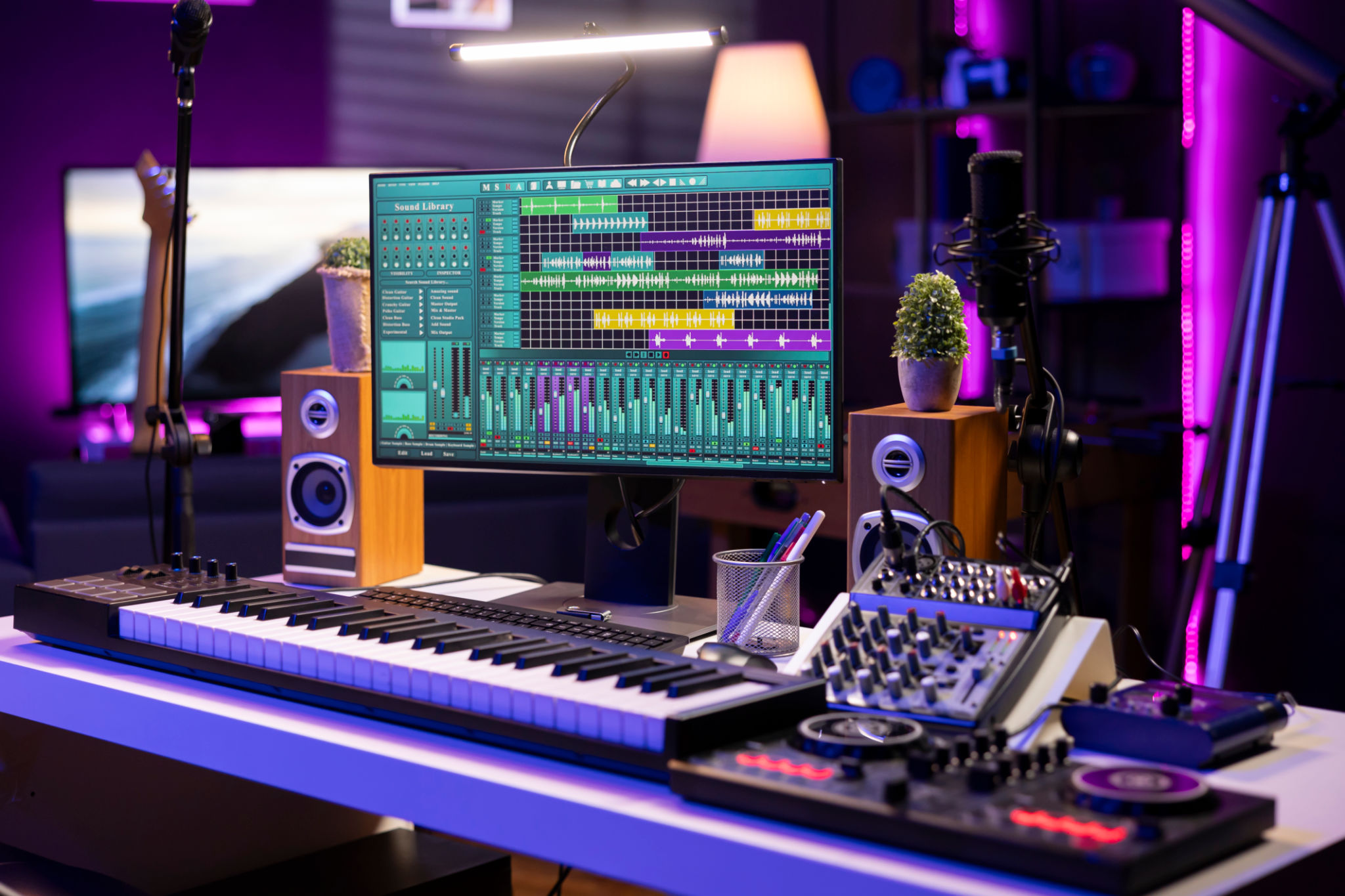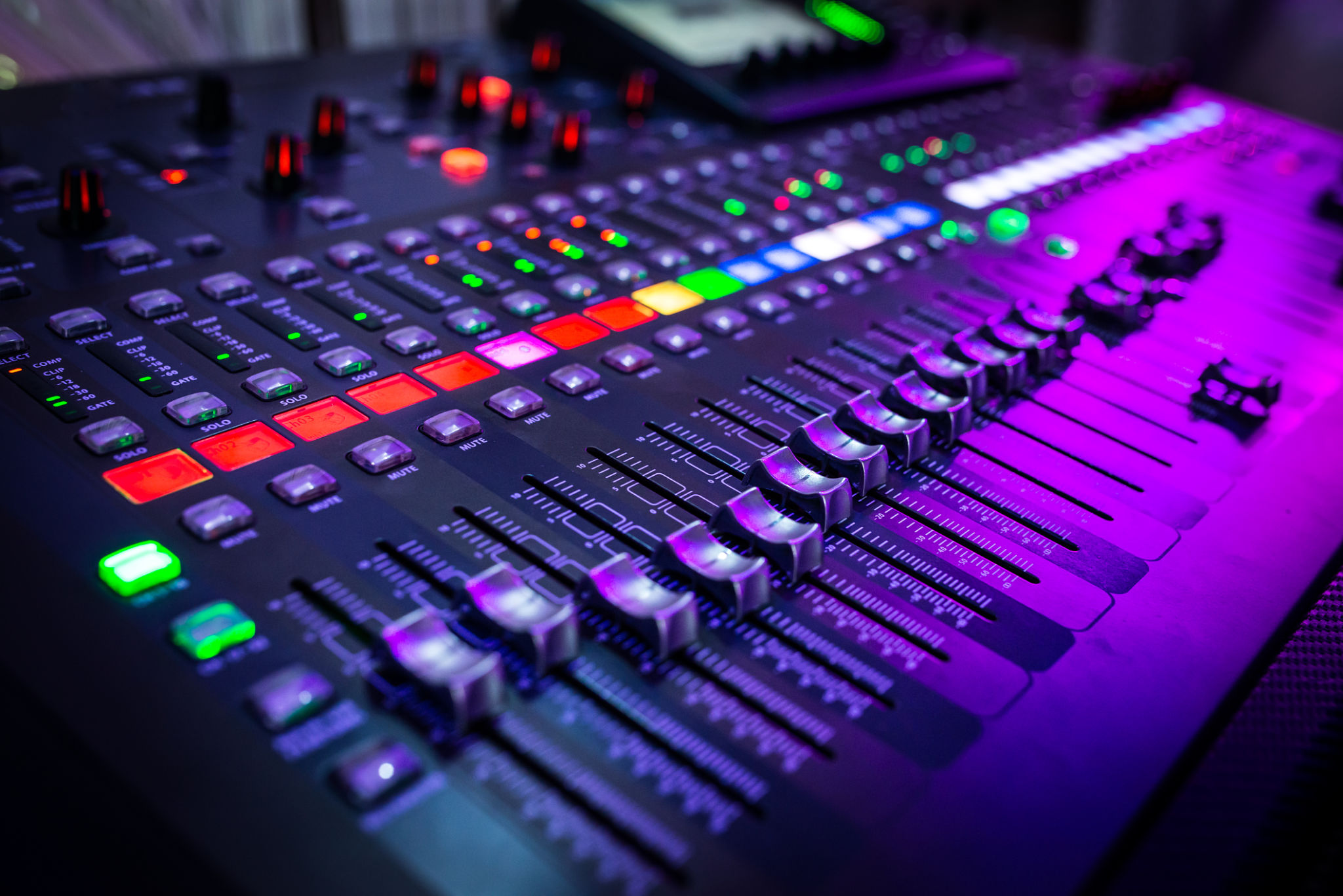Busting Common Audio Production Myths
Understanding Audio Quality: Digital vs. Analog
One of the most pervasive myths in audio production is the notion that analog audio is inherently superior to digital. While it's true that analog recordings can provide a warm, natural sound, digital technology has advanced significantly, offering high-quality audio with improved clarity and precision. Digital audio allows for easier manipulation, editing, and distribution, making it a favored choice among many professionals.
Furthermore, digital formats can handle a wider range of frequencies and dynamic range, providing a cleaner and more versatile sound. It's essential to recognize that neither format is superior; rather, they are different tools that can be used to achieve specific audio goals.

Expensive Equipment Equals Better Sound
Another common misconception is that spending more money on equipment will automatically result in better sound quality. While high-end equipment can indeed provide excellent audio fidelity, the skill of the audio engineer plays a more crucial role in achieving professional results.
Understanding how to use equipment effectively, regardless of its price, is key to producing great sound. Many successful producers have created hit records using modest setups. Therefore, investing in knowledge and experience can often be more beneficial than purchasing the most expensive gear available.
Mixing and Mastering Are the Same
Mixing and mastering are often confused as being the same process, but they serve different purposes in audio production. Mixing involves adjusting and balancing individual tracks to create a cohesive sound. This includes controlling levels, panning, and applying effects such as reverb or compression.

Mastering, on the other hand, is the final step in the production process. It involves preparing the mixed track for distribution by enhancing its overall sound quality, ensuring it translates well across different playback systems. Mastering also involves adjusting the final levels, optimizing dynamic range, and ensuring consistency across an album.
More Effects Lead to Better Sound
It’s easy to fall into the trap of thinking that adding more effects will improve a track. However, overprocessing can lead to a cluttered and unnatural sound. The key is to use effects sparingly and purposefully, enhancing the track without overwhelming it.
Professional audio production prioritizes clarity and balance. Each effect should serve a specific purpose, whether it's adding depth with reverb or tightening dynamics with compression. Understanding how each effect alters the sound is crucial for making informed decisions in the mixing process.

The Louder, The Better
The loudness war has led many to believe that louder tracks are better. However, excessive loudness can result in distortion and reduced dynamic range, ultimately compromising sound quality. It's important to maintain a balance between volume and clarity to ensure that every element of the track is heard clearly.
Dynamic range is crucial for creating an engaging listening experience. It allows for quiet moments to contrast with louder ones, adding emotional impact and depth to the music. By focusing on dynamic balance rather than sheer volume, producers can create more compelling and high-quality audio.
